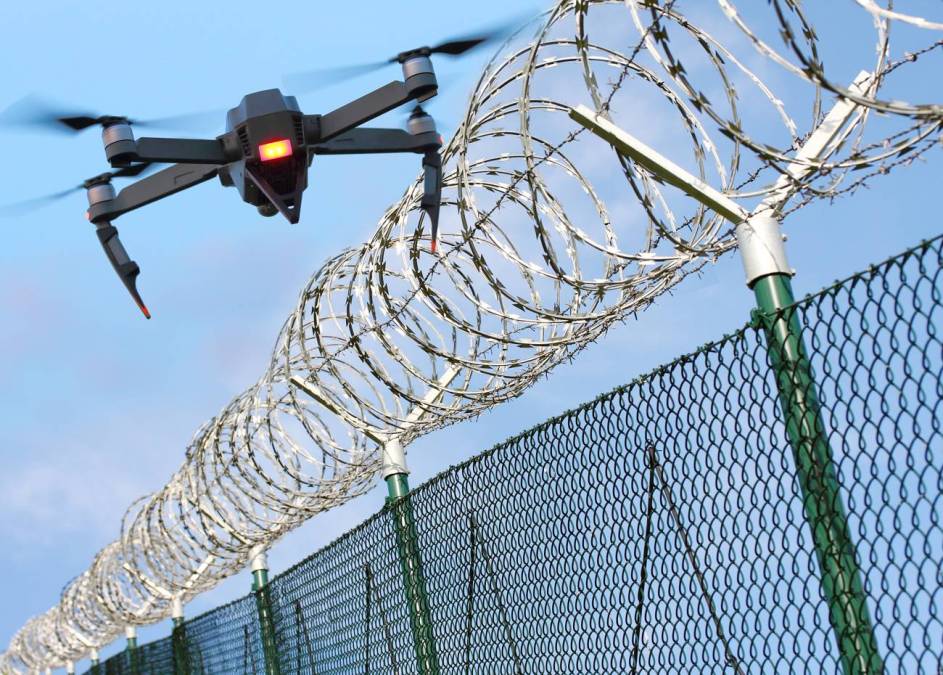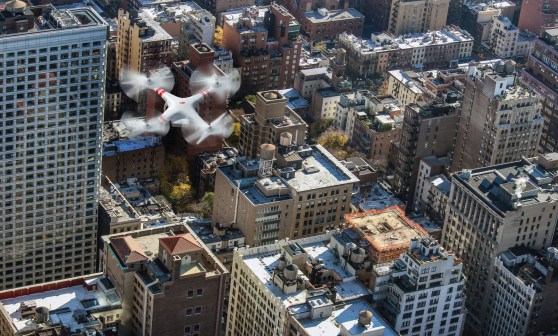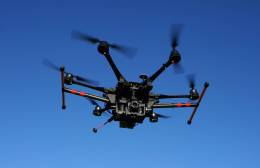Oklahoma deploys drones to combat rise in prison contraband

The Oklahoma Department of Corrections is turning to drones to enhance prison security and curb the flow of contraband, such as drugs, cell phones and weapons, into state-run facilities.
Last week, the department launched a 45-day pilot program at Red Rock Correctional Center in Lawton, which houses roughly 2,300 inmates, to test whether drones, developed by Skydio and armed with artificial intelligence, can detect and decrease illicit activity through continuous aerial surveillance.
Candice Moore, chief administrator of IT and project management for ODOC, said the technology will help facilities reduce manual patrols, vehicle wear from circling the prison perimeter and overall costs, while also improving safety for staff and inmates. If successful, the department will consider expanding the program to other institutions.
“At the end of the day, it’s about security and safety,” Moore said.
The drones, which are equipped with autonomous navigation and analytics tools, will monitor perimeters, identify unauthorized movements and alert staff to security risks.
Moore said the drones will be deployed on a randomized flight path in and around the prison to reduce the risk of inmates’ becoming “too familiar” with a set path.
“Just as you take an officer that’s doing the perimeter, an inmate can quickly and easily calculate how long it takes that individual to get around to that point right, if they’re doing that same movement over and over,” Moore explained. “So it’s another way to actually keep the inmates guessing of how we’re monitoring our facility.”
Illicit contraband has been a steady problem for correctional facilities across the country. A 2021 Department of Justice report, which analyzed 12 months of data from 301 prisons across six states, found the facilities on average confiscated 34 weapons, 31 cell phones and 28 controlled substances.
Kay Thompson, an ODOC spokesperson, said the department has in recent years seen an uptick in the volume of contraband and different methods of smuggling, including drones. Between January and August, the department recovered 844 weapons, 4,475 cellphones, 435 pounds of tobacco and $9,600 across 22 institutions.
“Most of those come in through drops, either perimeter drops or drone drops,” Thompson said. “So this is definitely going to help us and is a much-needed technology.”
Between 2015 and 2019, the Justice Department recorded 130 incidents of drones delivering or attempting to deliver contraband at federal prisons. The Federal Bureau of Prisons established a formal reporting policy on drone-smuggling in 2018, which saw the number of documented incidents nearly double in the following years.
In response, many state correctional facilities have adopted drone detection technology. In South Carolina, state prisons supplemented traditional fencing and patrols with detection systems and aerial surveillance units.
Though Oklahoma has also adopted those efforts, Moore said it’s not enough.
“It’s basically telling you that a drone has entered the perimeter that we have set, but what it’s not allowing us to do is [see] where exactly on that facility that that drop took place, and what it looks like,” Moore explained. “So it’s all about layering all these different types of security measures, so we can keep our staff and inmates safe.”






